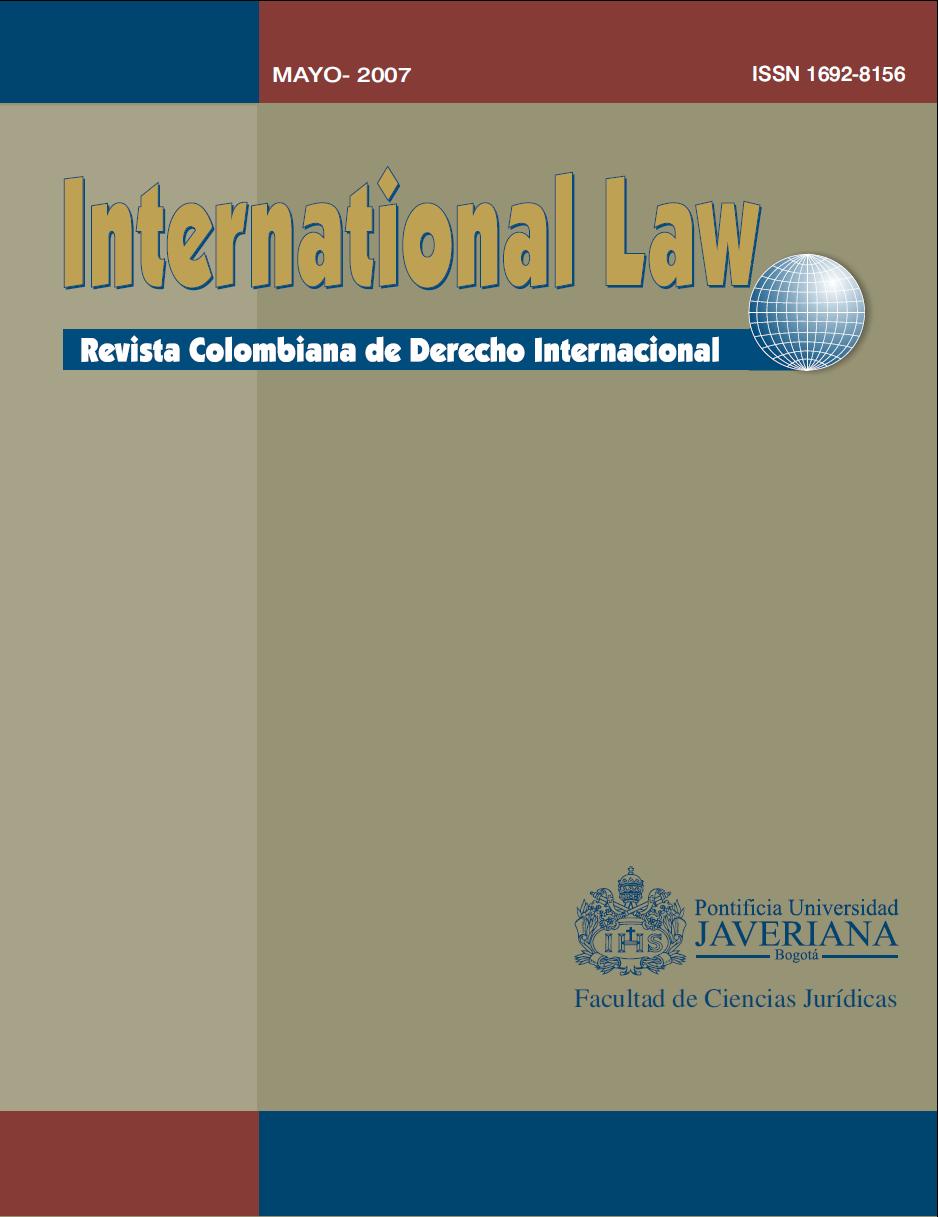Resumo
This article analyzes how power feminism, a mainstream feminist trend in international legal discourse, was incorporated into the Colombian legal system through the process of design and discussion of indicators to measure the Colombian government’s compliance with the Constitutional Court’s orders regarding internal forced displacement in the country. To do so, this paper examines the participation of Corporación Sisma Mujer, one of the most well-known Colombian women’s rights NGOs, in the debates inside and outside the Constitutional Court that led this Court to adopt a battery of indicators to track internally displaced women’s effective enjoyment of rights, and in general a women-sensitive approach to forced displacement. To unveil the theoretical foundations of Corporación Sisma Mujer’s interventions and strategies before the Constitutional Court, this article combines a theoretical approach with documentary research and interviews. Nancy Fraser’s paper Rethinking the Public Sphere, and Janet Halley, Prabha Kotiswaran, Hila Shamir and Chantal Thomas’ concept governance feminism constitute the basic theoretical framework. Documents drafted by Sisma Mujer and Constitutional Court decisions that accepted, appropriated and transformed Sisma’s claims are analyzed through the lens of Fraser and Halley, Kotiswaran, Shamir and Thomas’ theoretical contributions. Interviews with Sisma’s staff, and with other relevant actors complement what is found in documents and judicial decisions.Esta revista científica se encuentra registrada bajo la licencia Creative Commons Reconocimiento 4.0 Internacional. Por lo tanto, esta obra se puede reproducir, distribuir y comunicar públicamente en formato digital, siempre que se reconozca el nombre de los autores y a la Pontificia Universidad Javeriana. Se permite citar, adaptar, transformar, autoarchivar, republicar y crear a partir del material, para cualquier finalidad (incluso comercial), siempre que se reconozca adecuadamente la autoría, se proporcione un enlace a la obra original y se indique si se han realizado cambios. La Pontificia Universidad Javeriana no retiene los derechos sobre las obras publicadas y los contenidos son responsabilidad exclusiva de los autores, quienes conservan sus derechos morales, intelectuales, de privacidad y publicidad.
El aval sobre la intervención de la obra (revisión, corrección de estilo, traducción, diagramación) y su posterior divulgación se otorga mediante una licencia de uso y no a través de una cesión de derechos, lo que representa que la revista y la Pontificia Universidad Javeriana se eximen de cualquier responsabilidad que se pueda derivar de una mala práctica ética por parte de los autores. En consecuencia de la protección brindada por la licencia de uso, la revista no se encuentra en la obligación de publicar retractaciones o modificar la información ya publicada, a no ser que la errata surja del proceso de gestión editorial. La publicación de contenidos en esta revista no representa regalías para los contribuyentes.


